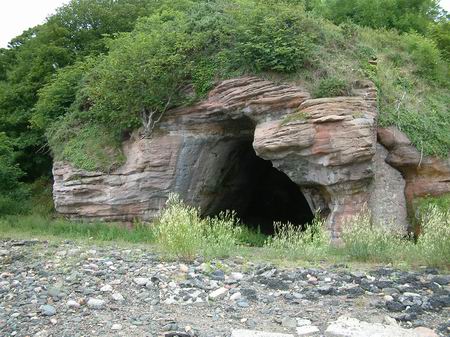Stamp: Limestone Rocks inside Cave (Northern Cyprus 1999)
Limestone Rocks inside Cave (Northern Cyprus 1999)
17 May (Northern Cyprus ) within release Europe – National Parks goes into circulation Stamp Limestone Rocks inside Cave face value 200000 Turkish lira
| Stamp Limestone Rocks inside Cave in catalogues | |
|---|---|
| Michel: | Mi:TR-NC 500 |
| Stanley Gibbons: | Sg:TR-NC 493 |
Stamp is square format.
Also in the issue Europe – National Parks:
- Stamp - Entrance to Incirli Cave face value 75000;
- Stamp - Limestone Rocks inside Cave face value 200000;
Stamp Limestone Rocks inside Cave it reflects the thematic directions:
The European Conference of Postal and Telecommunications Administrations (CEPT) was established on June 26, 1959, as a coordinating body for European state telecommunications and postal organizations. The acronym comes from the French version of its name Conférence européenne des administrations des postes et des télécommunications.
The Europa postage stamp (also known as Europa - CEPT until 1992) is an annual joint issue of stamps with a common design or theme by postal administrations of member countries of the European Communities (1956-1959), the European Conference of Postal and Telecommunications Administrations (CEPT) from 1960 to 1992, and the PostEurop Association since 1993. Europe is the central theme. EUROPA stamps underlines cooperation in the posts domain, taking into account promotion of philately. They also build awareness of the common roots, culture and history of Europe and its common goals. As such, EUROPA stamp issues are among the most collected and most popular stamps in the world. Since the first issue in 1956, EUROPA stamps have been a tangible symbol of Europe’s desire for closer integration and cooperation.
A cave or cavern is a natural void in the ground, specifically a space large enough for a human to enter. Caves often form by the weathering of rock and often extend deep underground. The word cave can refer to smaller openings such as sea caves, rock shelters, and grottos, that extend a relatively short distance into the rock and they are called exogene caves. Caves which extend further underground than the opening is wide are called endogene caves



